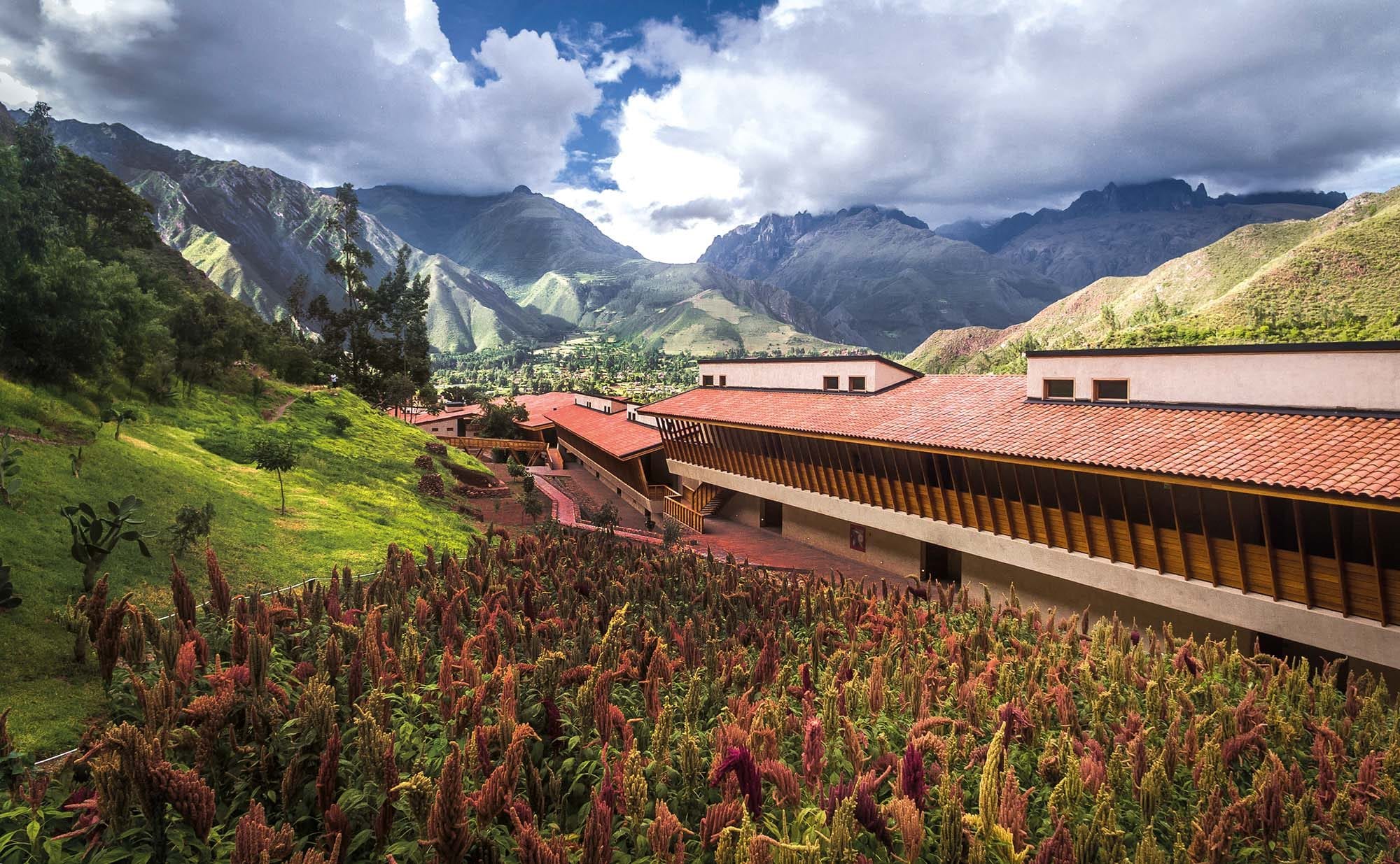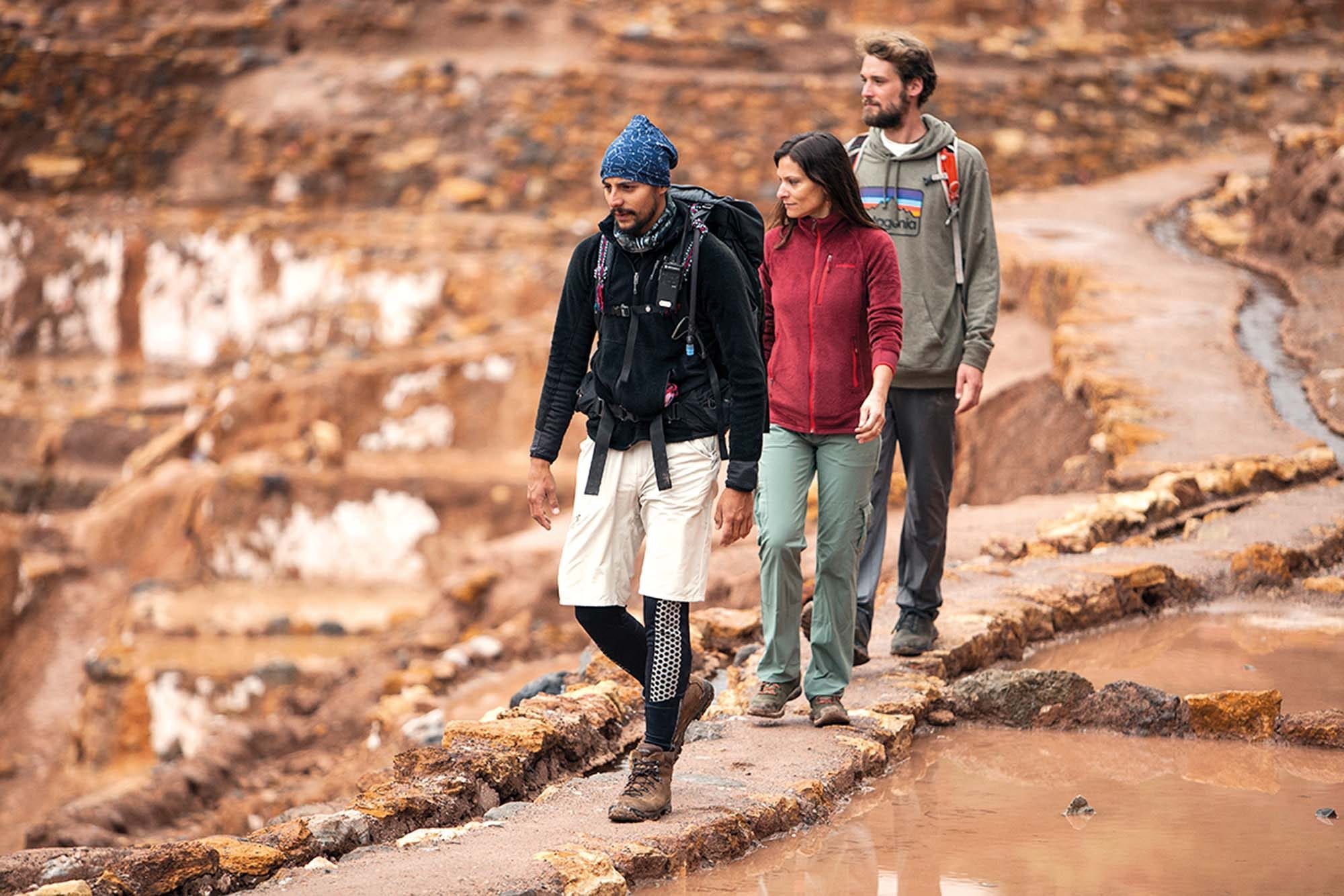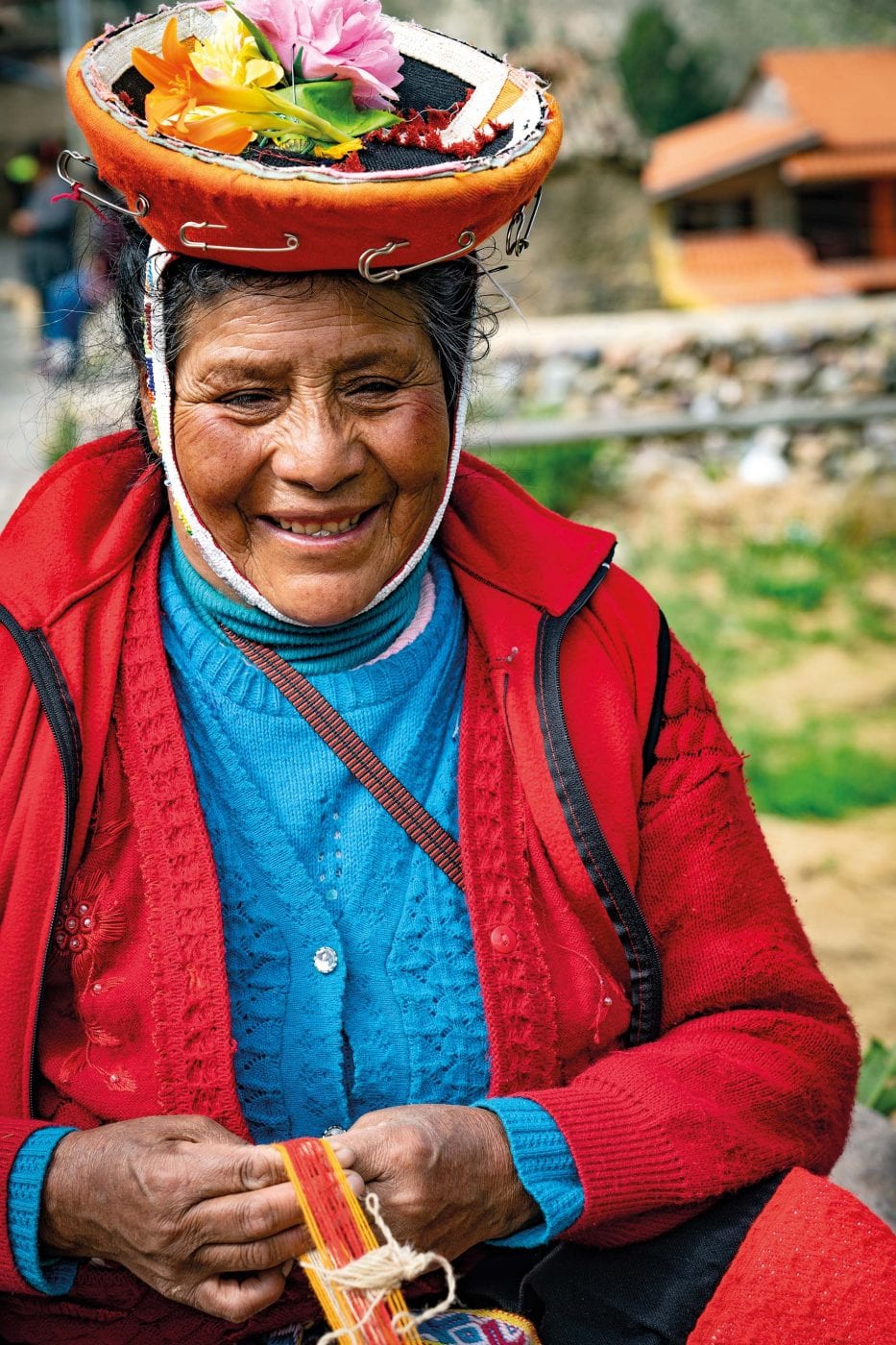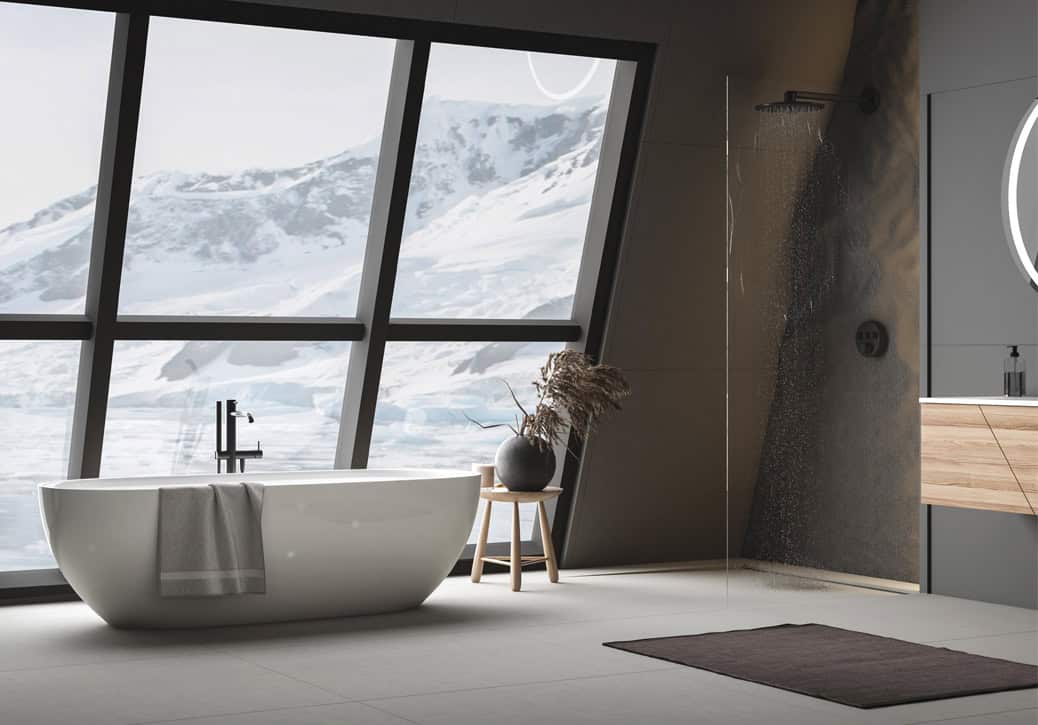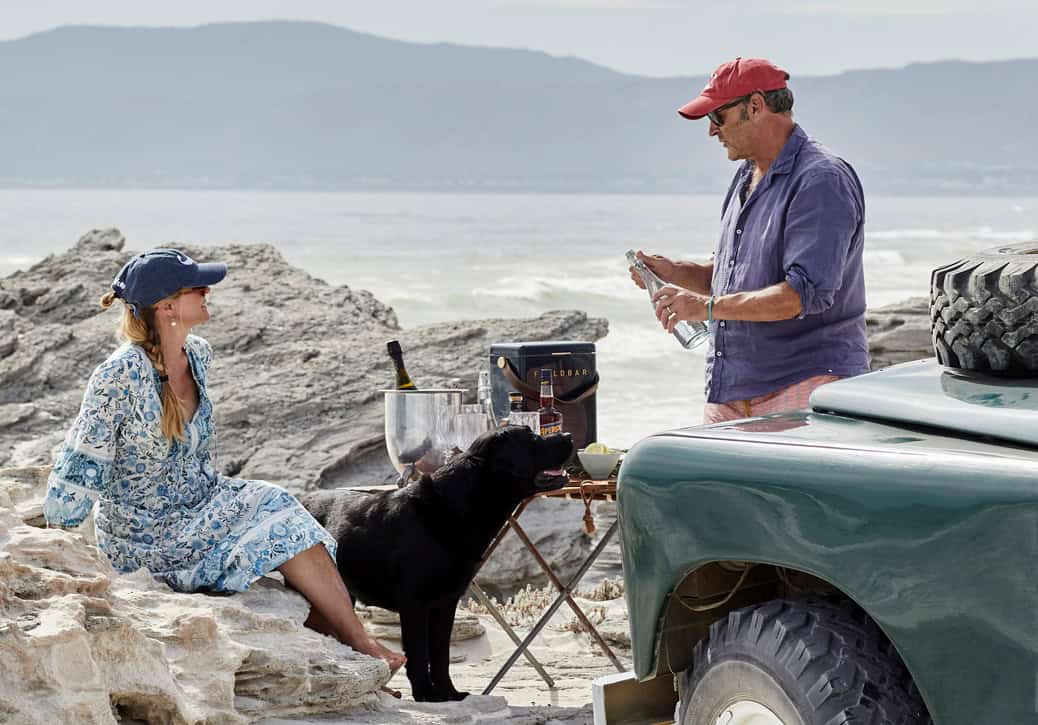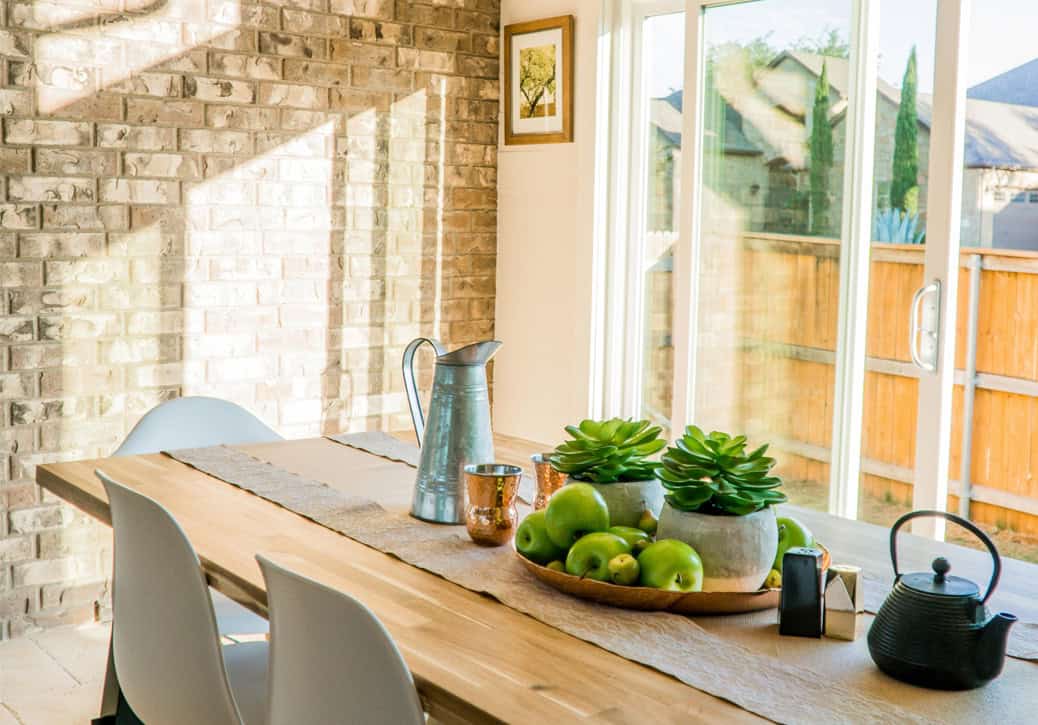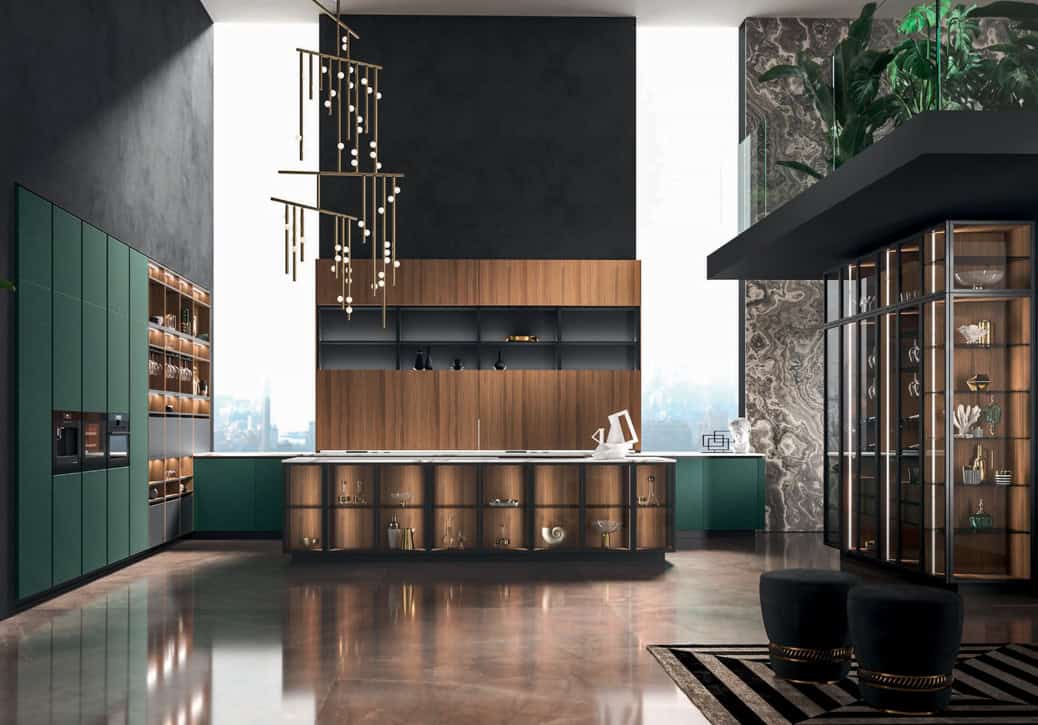By Keith Edwards
PERU, SACRED VALLEY
Memories from 30 years ago flood back
I’m here to rediscover Peru, a country I fell in love with three decades ago. This time, I’ve upped my game and am staying at Explora, a top-tier adventure hotel nestled in the Sacred Valley between Cusco and Machu Picchu. Inca terraces still stagger up rugged mountains, the cloud-created chiaroscuro rolls over snow-capped peaks and the intense silence of the surrounding cornfields remains.
Pedro Ibáñez, founder of the Explora group of experiential-style hotels, suggests that there is a universal passion for his and other remote properties: “They remind us of everything yet to be discovered, both in this world as well as in ourselves,” he says. While all Explora hotels are in remote areas and focus on in-depth exploration, they also fortunately commit to “The luxury of the essential,” so there’s no roughing it here.
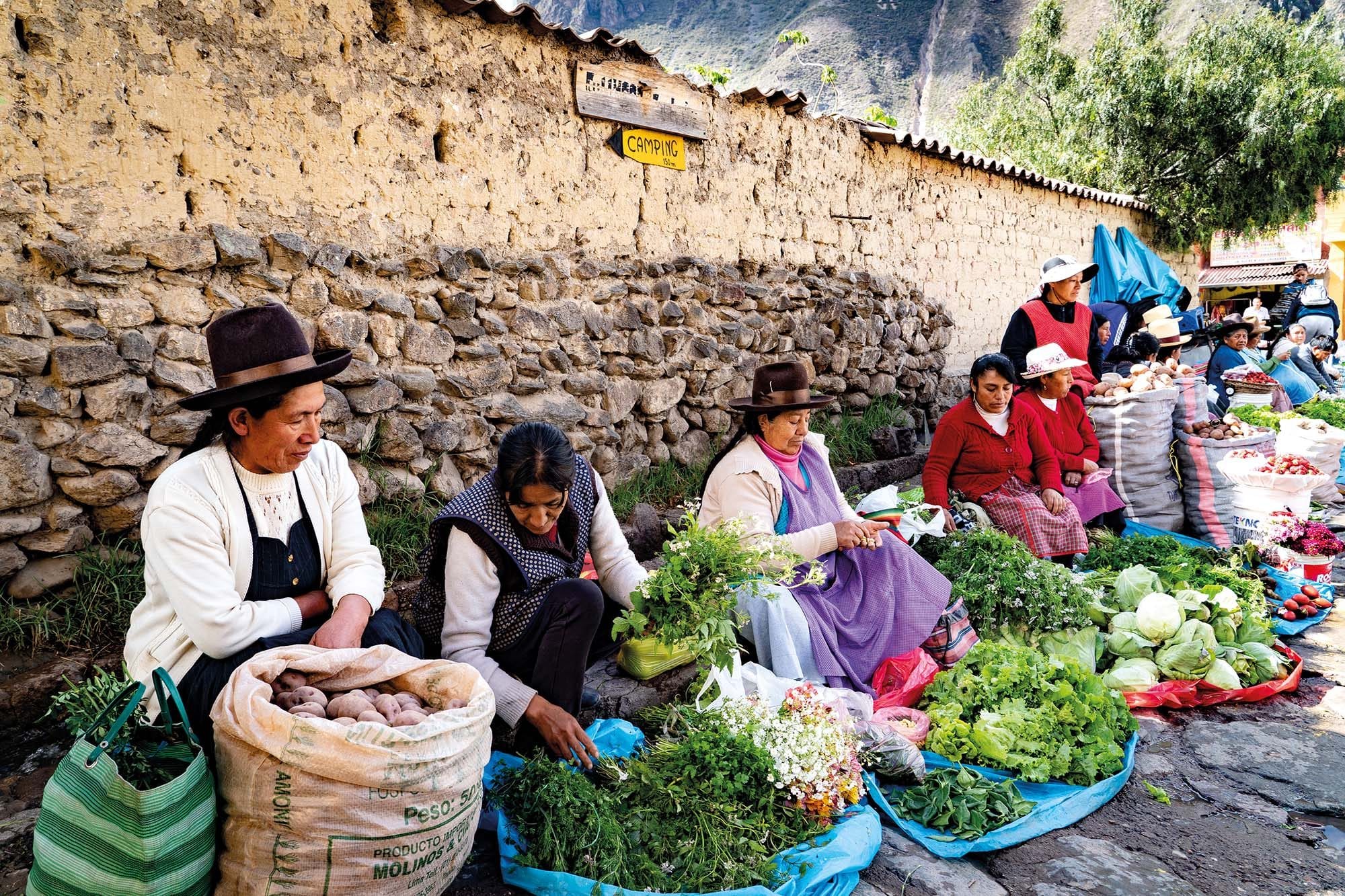
As we settle in, we’re encouraged to forget time, go outside when it rains, ask questions and walk, without leaving a trace for those who come after. Not hard to do from my elegantly minimalist room off the strikingly angular, red-tiled roofed main lodge. Here, I might add, I overnight in one of the most comfortable beds I have ever slept in.
The afternoon finds me hiking with Freddie, my local guide. We slip into an ancient rhythm as we hike alongside 500-year-old Inca irrigation canals to a prehistoric settlement high up on a craggy mountain surrounded by petroglyphs. Farmers till their fields with oxen and ancient tools, while other locals plod home to remote dwellings tucked into the hills.
Freddie turns out to be a walking encyclopedia of flora and fauna, stopping to point out medicinal domestic plants, such as a cactus that has a history of providing the finest shampoo.
Come dinner time, I remind myself that being a carnivore is not ideal at this altitude. Instead, I go vegetarian—with paired Chilean and Argentinian wines, of course. Quinoa—a sacred Inca food know here as “chisoya mama” or “mother of all grains”—features prominently. Flavourful meat and fish dishes are also plentiful. On another evening I try the delicious aji de gallina, a traditional Peruvian chicken stew dating from the 16th century, cooked with yellow chili peppers, spices, garlic and turmeric, all topped with sliced hard-boiled egg.
Belmond Hiram Bingham
After each dinner, it’s time to meet up with the guides again and plan the next day’s adventures. Freddie, while boundlessly enthusiastic, is also realistic. He has already figured out that I’m not up to an eight-hour, 18-km hike at around 15,000 feet. Looking around at my fellow guests I see, thankfully, that I’m not alone. While hiking is clearly a focus at Explora, it’s good to have the chance to take overland trips to Cusco and Pisac, or a luxury one-day train trip on the Belmond Hiram Bingham to Peru’s famous world-heritage site, Machu Picchu.
Freddie and I agree to start off slowly. He suggests a three-hour hike the next morning to the old Inca town of Ollantaytambo, the traditional start of the Machu Picchu trail. The van drops us off outside of town at about eight in the morning. The sun is already fierce and I’m glad of my 50 SPF sunblock. I walk and pant around this important city where, almost unbelievably, Inca runners from far-off corners of the lost empire converged. I’m relieved to find that Freddie is also puffing slightly as we climb ancient stone stairs into the village.
We stop briefly in the cobblestone market. Bustling and colourful, it’s a photographer’s dream. Then it’s on to the imposing Inca fortress. The song Stairway to Heaven pops into my mind. Long lines of people, Peruvians as well as tourists, shuffle up seemingly endless steps into the sky. This is not for the faint of heart, but stunning views over the valley and hills await.

Moray hike
Another day, another hike. This time we’re off on the Moray route. Our van winds its way up narrow switchback roads that would give health and safety experts nightmares. We stop briefly in the flower-bedecked town square of Maras to take photos of women in traditional dress and white top hats, selling vegetables. The cobbled streets are barely wide enough for our van. If someone were to open a front door injudiciously then our wing mirrors would be gone.
We follow a meandering path downhill, through villages and into a stunning landscape of ochre and brown plains. In the distance I spot a dot silhouetted against the mountains. It’s a woman bent over and weighed down by a huge colourful bundle on her back, following a track laid down eons ago by Incas. Despite her rudimentary sandals, she virtually flies over the path. Where has she come from? Where is she going? What did she scoop up from the earth before hurrying on? These are the types of priceless moments that Explora facilitates. This is what I came for. Peru au naturel. We eventually wind our way down to a strikingly curious set of concentric Inca terraces, thought to be an experiment in agriculture.
Time stands still
For all the emphasis on outdoor activity, this is not a place to be rushed. I escape for a few hours to have a massage at the spa in the hotel’s lovingly renovated estancia. There’s also an open-air pool in a desert-like garden with the chef’s quinoa growing alongside. My massage is blissful and afterwards I return to the lodge and relax on the patio with a glass of Chilean red to reflect on my experience. I have wandered in the rain, explored new foods and flavours, been guided by some of the finest, and had a hands-on lesson in ancient culture. And, perhaps best of all, I’ve hiked and left no trace.
Machu Picchu
The UNESCO World Heritage Site of Machu Picchu is one of the most important Inca sites in a spectacular mountain setting. Understandably, it’s also one of the most heavily visited places in South America. Visitor numbers are restricted, so Goway will arrange an advance booking.
Arequipa
Also known as the “White City” because of its pearly white volcanic stone buildings. Arequipa is a splendid colonial city whose historic centre is a UNESCO World Heritage Site, including the spectacular Monasterio de Santa Catalina, founded in 1579. Its location in high desert, surrounded by snow-capped mountains, creates a dry and sunny climate year-round. This is a place for strolling, exploring and dining.
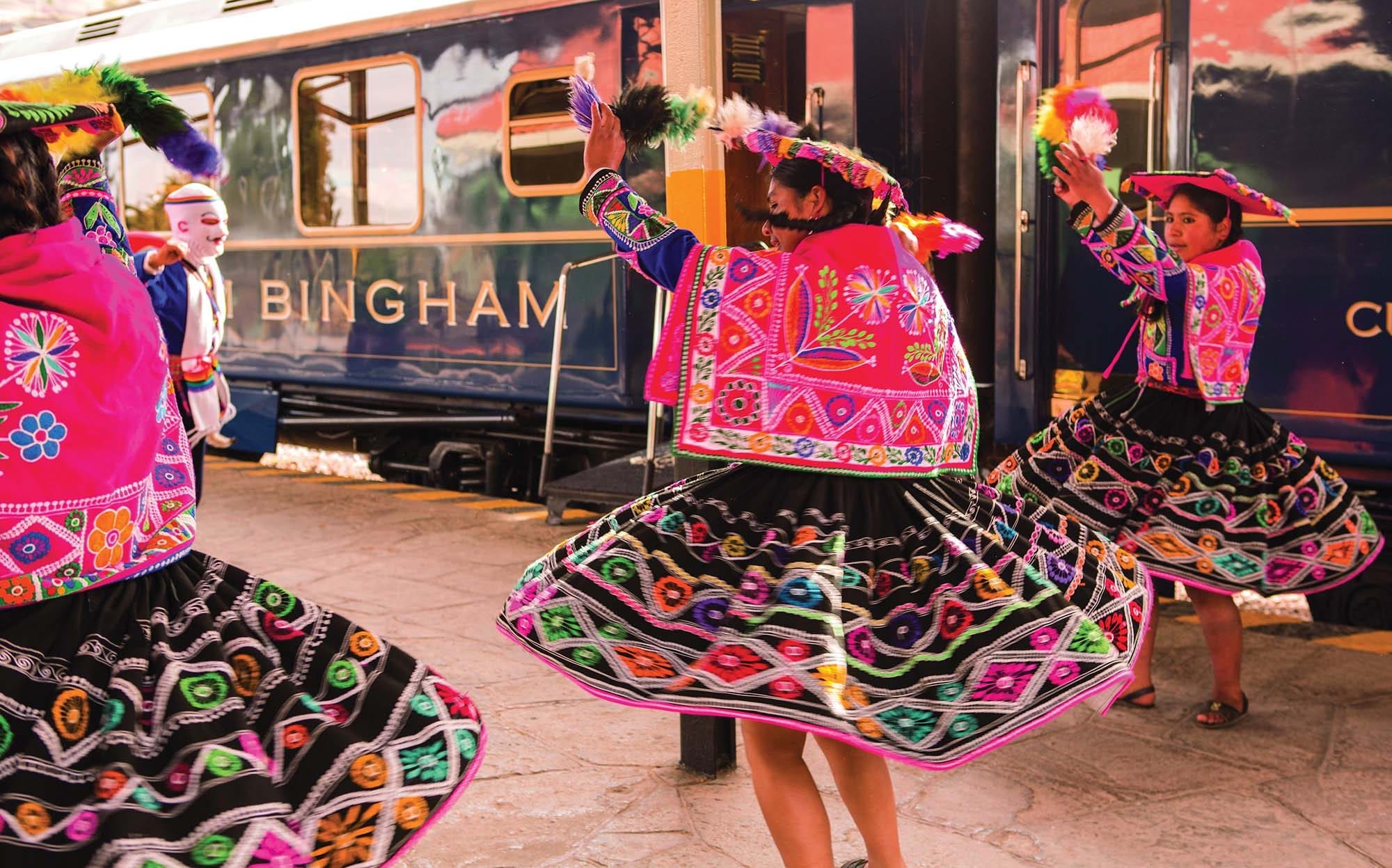
Cusco
Cusco, South America’s oldest continuously inhabited city has a lot to offer the visitor—archaeological sites, colonial-era churches, a lovely cathedral and markets, as well as sophisticated shops and restaurants. Homefront recommends the Belmond Hotel Monasterio, sited in a former convent. It’s a sophisticated and elegant luxury hotel within walking distance of the Plaza de Armas.
Goway Travel organized Homefront’s bespoke trip. goway.com

